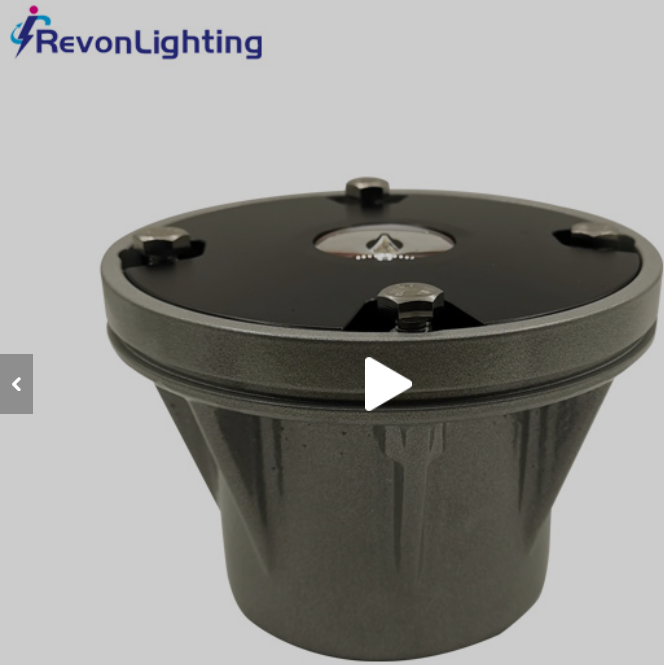Ensuring Safe Helicopter Operations: The Role of Helipad Light and Heliport Lighting
In modern aviation, helicopters play a crucial role in a variety of applications, including emergency medical services, search and rescue operations, and corporate transportation. To ensure the safety and efficiency of helicopter operations, proper lighting of helipads and heliports is essential. This article explores the significance of helipad light and heliport lighting, their types, technological advancements, and regulatory considerations, emphasizing their importance in enhancing aviation safety.
The Importance of Helipad Light and Heliport Lighting
Helipad light and heliport lighting are critical for providing visual guidance to pilots during landing and takeoff operations, particularly in low-light conditions or adverse weather. These lighting systems enhance the visibility of the landing area, ensuring that pilots can safely navigate to and from the helipad or heliport.
Enhanced Safety:
The primary function of helipad light and heliport lighting is to enhance safety by making the landing area clearly visible to pilots. This is especially crucial during night operations or in poor weather conditions, where visibility is significantly reduced.
Operational Efficiency:
Proper lighting systems reduce the time required for helicopters to land and take off, facilitating quick and efficient operations. This is particularly important in time-sensitive missions, such as medical evacuations or search and rescue operations, where every second counts.
Compliance with Regulations:
Aviation authorities, including the Federal Aviation Administration (FAA) and the International Civil Aviation Organization (ICAO), have established guidelines for helipad and heliport lighting to ensure uniform safety standards. Compliance with these regulations is essential for maintaining safety and avoiding legal liabilities.

Types of Helipad Light and Heliport Lighting Systems
Helipad light and heliport lighting systems consist of various components, each serving a specific purpose to aid pilots during landing and takeoff:
Perimeter Lights:
Perimeter lights outline the edges of the helipad or heliport, providing a clear visual boundary. These lights are typically green to differentiate them from other lights in the vicinity and are essential for indicating the exact location of the landing area.
Floodlights:
Floodlights illuminate the entire helipad or heliport surface, ensuring that the landing area is visible. These lights are particularly useful during night operations or in low-visibility conditions, providing sufficient illumination for safe landings and takeoffs.
Approach Lights:
Approach lights are installed along the flight path leading to the helipad or heliport. They guide pilots towards the landing area, ensuring a safe approach. These lights are usually white and can be set up in a sequence to create a clear path.
Touchdown and Lift-off Area (TLOF) Lights:
TLOF lights are installed within the helipad or heliport to mark the specific area where the helicopter should land and take off. These lights ensure precise landings and takeoffs, minimizing the risk of accidents.
Windsocks:
Although not a light, windsocks are often illuminated to provide pilots with information about wind direction and speed, which are critical for safe landing and takeoff.
Technological Advancements in Helipad Light and Heliport Lighting
Technological advancements have significantly improved the efficiency, reliability, and sustainability of helipad light and heliport lighting systems. Key advancements include:
LED Technology:
The adoption of LED (Light Emitting Diode) technology has revolutionized helipad and heliport lighting. LEDs are energy-efficient, have a longer lifespan, and require less maintenance compared to traditional lighting systems. They provide bright, consistent illumination, which is crucial for ensuring visibility and safety.
Solar-Powered Lights:
Solar-powered helipad lights are becoming increasingly popular, particularly in remote or off-grid locations. These lights are equipped with solar panels and batteries, providing a sustainable and cost-effective solution for helipad and heliport lighting. Solar power reduces reliance on the electrical grid and ensures that the lights remain operational even in the event of a power outage.
Remote Monitoring and Control:
Modern helipad light and heliport lighting systems can be equipped with remote monitoring and control capabilities. These systems allow for real-time monitoring of the lights’ operational status and can alert maintenance personnel to any issues. Remote control features enable operators to adjust the lighting intensity and settings as needed, ensuring optimal performance.
| Helipad Light | Heliport Lighting |
| 13 | 14 |
Smart Lighting Solutions:
Smart lighting systems can adjust the intensity and operation of the lights based on ambient conditions. For instance, they can dim the lights during daylight hours and brighten them at night or during adverse weather conditions. This capability optimizes energy usage and enhances safety.
Regulatory Considerations
Compliance with aviation safety regulations is crucial for the installation and operation of helipad light and heliport lighting systems. Authorities such as the FAA and ICAO provide detailed guidelines that dictate the types, placement, and operational standards for these lighting systems:
FAA Regulations:
In the United States, the FAA’s Advisory Circular AC 150/5390-2B provides guidelines for heliport design, including lighting requirements. The circular specifies the types of lights to be used, their placement, and operational standards to ensure safety and visibility.
ICAO Standards:
Internationally, the ICAO’s Annex 14 to the Convention on International Civil Aviation outlines the standards for heliport lighting. These standards are followed by member states to ensure uniformity in aviation safety measures worldwide.
Conclusion
Helipad light and heliport lighting systems are indispensable components of aviation safety infrastructure. They ensure that helicopters can land and take off safely and efficiently, even in low-light conditions or adverse weather. Technological advancements such as LED technology, solar power, and smart lighting solutions have significantly improved the efficiency, reliability, and sustainability of these systems.
Compliance with regulatory standards set by aviation authorities like the FAA and ICAO is crucial for maintaining safety and avoiding legal liabilities. Investing in high-quality helipad light and heliport lighting systems is not just a regulatory requirement but a commitment to safeguarding lives and enhancing the overall safety and efficiency of helicopter operations. As aviation traffic continues to grow and technological innovations advance, the role of helipad light and heliport lighting systems will remain critical in ensuring safe and efficient helicopter operations across various settings.
